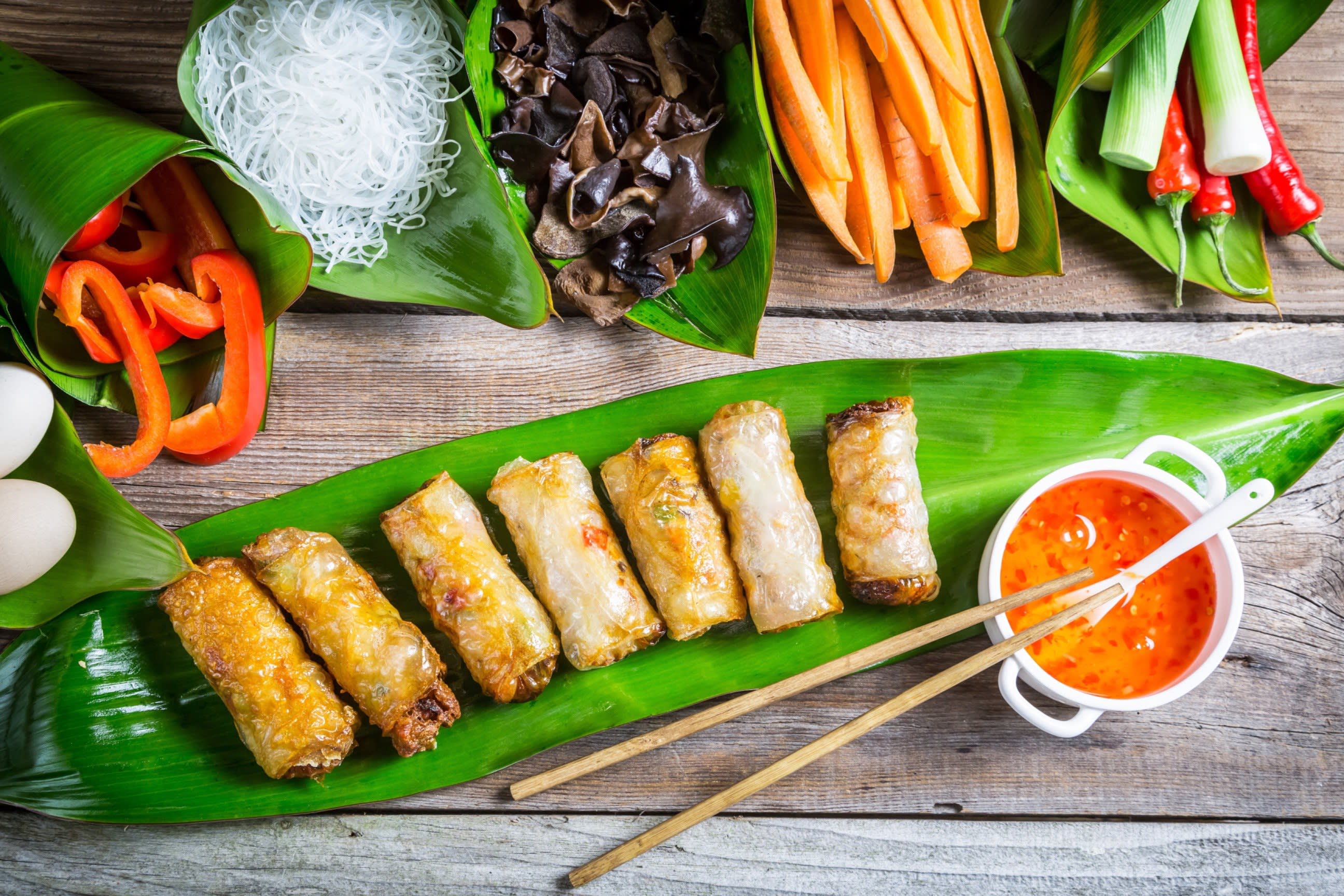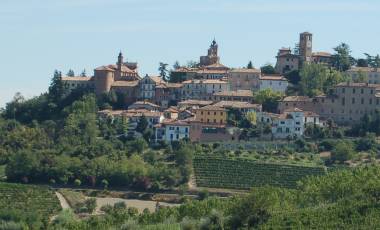Read time – 3 minutes
Gastronomic adventures are taking the world by storm – and the ways that you can munch, crunch and brunch your way around the world have never been more varied.
Incorporating a passion for food into your adventure could be as simple as seeking out the national dish or trying a regional delicacy.
You could spend hours roaming the markets seeking out strange and unusual produce, breaking bread with the locals or even getting hands-on with a cookery class for yourself. But it’s often easier said than done. So what are the best ways to make sure you get the very best food when you travel?
Culinary Tours
The secret to finding these is invariably from a local who can give you the heads up. What’s the dish the locals are eating? What’s the seasonal ingredient right now?
Often, the places we stay are central to trying the freshest, local ingredients – whether it’s a beautiful Spanish guesthouse that produces its own olive oil, or a Moroccan Kasbah in the mountain that grows its own vegetables and bakes its own bread.
In bigger towns and cities, it’s a staple for your leader to know the best local restaurant, tucked away just off the main drag, not a chain in sight. Suddenly it’s easy to hunt out the perfect ceviche in Peru, attend a traditional Japanese tea ceremony in the maze of Kyoto’s streets, or go original with the most traditional paella, made with rabbit rather than seafood, in Spain’s windy streets.
It’s an easy (and delicious) way to ensure your travels benefit the local economy and local business owners. But it also represents the chance to learn more about that culture – whether it’s traditional recipes as old as time or a modern twist that present-day chefs are celebrating.
A Return to Tradition
Far from being a boring rush of fashionable, faddy restaurants, these foodie movements have put local ingredients right at the heart of their recipes. Take the Slow Food Movement, originating in Italy in the ‘80s, pushing back at cheap and uninspiring fast-food chains.
Forget gobbling down whatever comes quickest, this is about savouring food, focussing on flavour, and delicious, edible traditions that have been passed down through the generations. One of the key components of any dish is an awareness of where your ingredients come from. It’s a style of cooking which campaigns chefs for using nearby, ethically sourced produce.
Take me there: Italy trips
A Modern Food Twist
More recently, New Nordic Cuisine has been making waves in the restaurant industry. You’d be forgiven for thinking this is a high-flying approach to food, but you don’t have to dine at Michelin starred Noma to indulge in these foods.
The New Nordic Cuisine champions seasonal, clean flavours, unsurprisingly weighted towards seafood but also relying heavily on foraged herbs and unusual plants for interesting flavours that dance on the palate.
The Scandinavian simplicity has its roots in the hearty food of the region but with a modern, fresh twist. Expect lots of foraged ingredients, especially in summer when the bumper crop of wild strawberries and berries come crowding onto the plates.
For traditionalists, there’s no shortage of rich, flavoursome fiskesuppe (fish soup) and in Norway, the delicious brown cheese, with a sweet almost caramelised flavour.
Take me there: Trips to Norway
Just Like Mama Used to Make
 Eating together
Eating together There are those for whom food is the main motivator for travelling to a certain destination, and no journey is complete without the chance to try a myriad of new tastes and flavours. But more than that, for these travellers food is part of the social matrix of a new culture, a social event to be shared with friends old and new.
It’s not just about eating; it’s about meeting new people, about mixing with people you’d never normally get a chance to talk to.
In the Sierra de Aitana, you’ll stay with Jose Miguel, our leader and a champion of soberanía alimentaria (food sovereignty) who grows his own organic food which he serves up each night at his homely pension. A Romanian homestay with dinner cooked by the family and enjoyed altogether is almost impossible to beat.
Take me there: Trips to Romania
Cooking: Class Act
For others, it’s the opportunity to cook ourselves and get involved which is most appealing. To try a new recipe is one thing, but attending a cookery class in a foreign country, next to a local chef overflowing with enthusiasm for their national dish, is quite another.
The expertise and passion for cooking you can pick up from a real person is inimitable. It must be one of the best ways to learn the subtle blend of flavours and ingredients required to get an authentic taste.
You could be in Vietnam learning how to make the perfect spring rolls at the KOTO cooking school for disadvantaged youths, improving your cooking and their chances at a better life.
You could be seeing the process from start to finish at a Sicilian chocolate factory, or exploring Marrakech’s deservedly famous souk, shopping for ingredients in Arabic ready for your afternoon tagine cookery class.
It’s not just more exciting learning in person than googling a recipe online, but you’ll get an insight into the country too. Food has always brought people together. Whether it’s just the pleasure of a family meal or a special occasion, it has the means to get everyone around a table and enjoying each other’s company – and this is the same all around the world. That doesn’t change when you travel – if anything, it’s augmented.
If we’ve whet your appetite, take a look at our foodie adventures below.
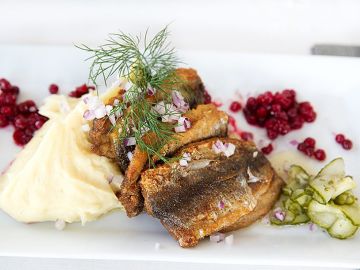
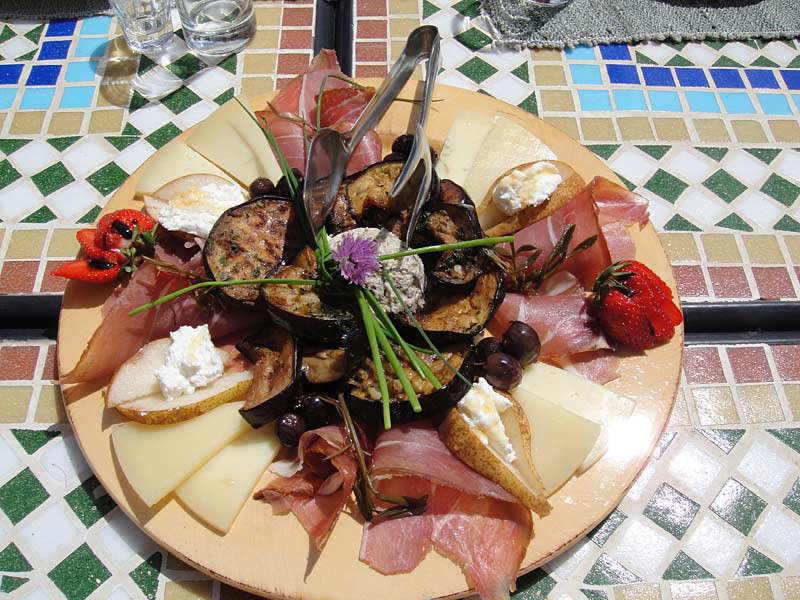 Lunch in Croatia
Lunch in Croatia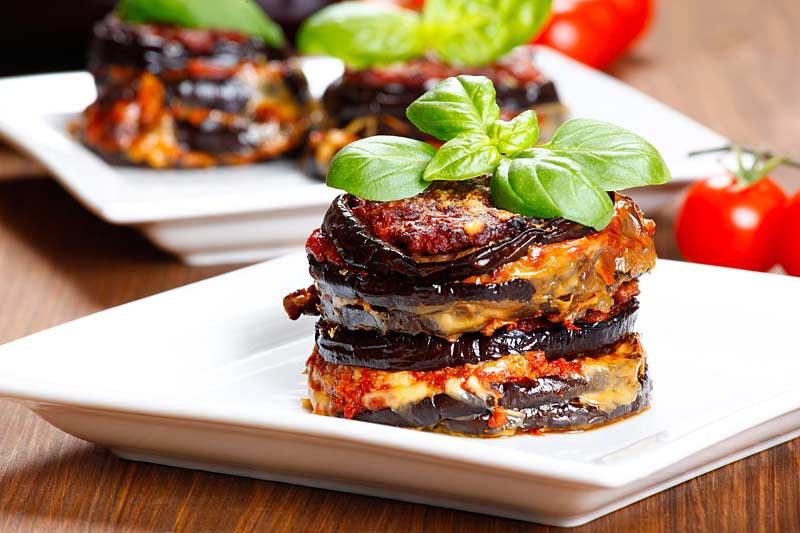
 New Nordic cuisine
New Nordic cuisine